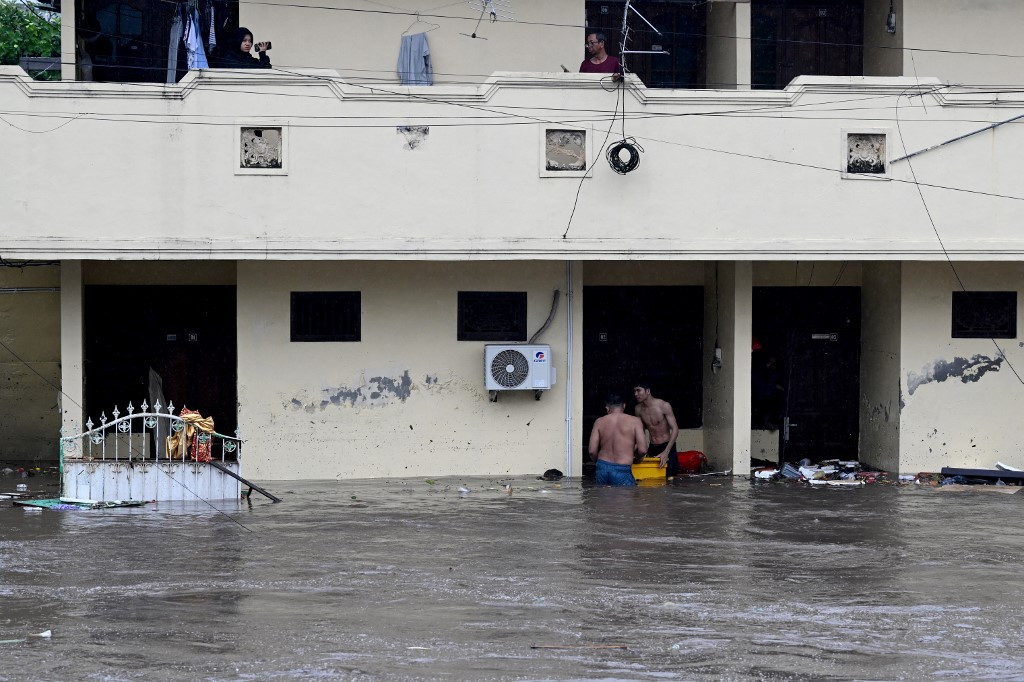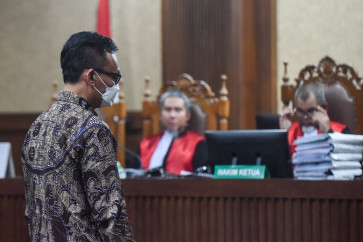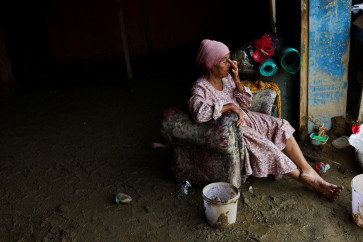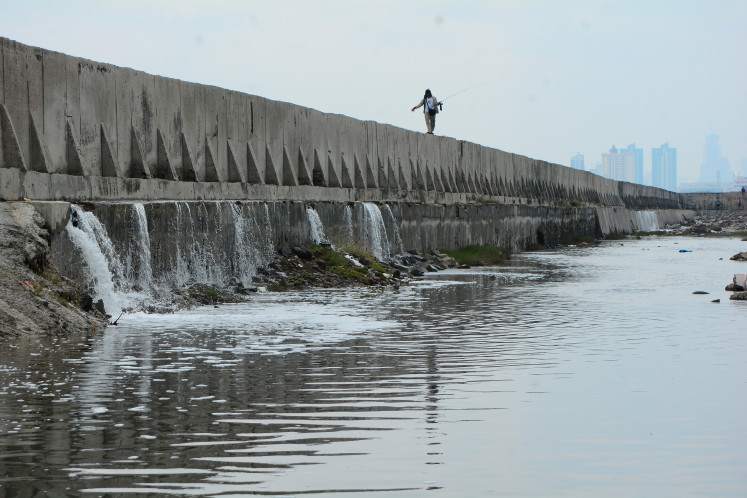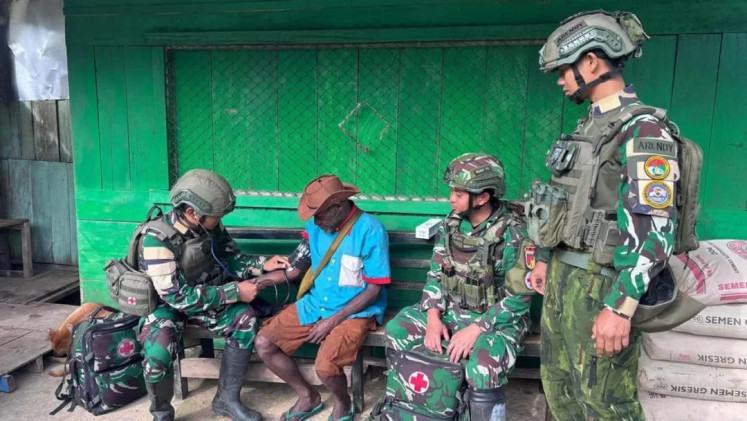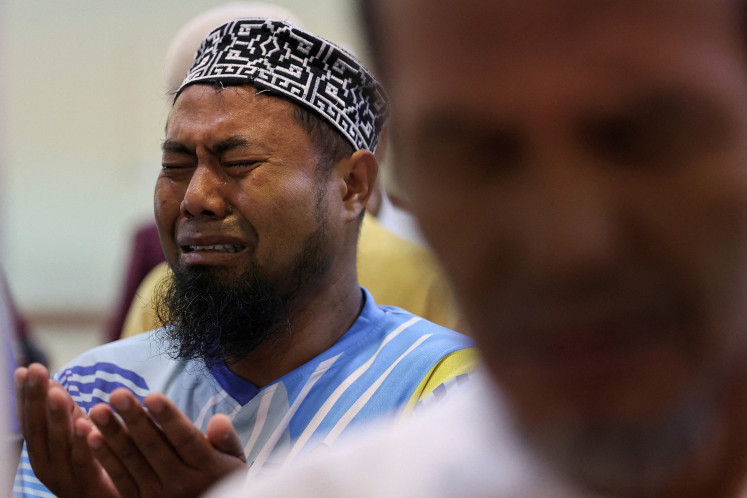Popular Reads
Top Results
Can't find what you're looking for?
View all search resultsPopular Reads
Top Results
Can't find what you're looking for?
View all search resultsDeath toll from Bali, East Nusa Tenggara floods rises to 19
Torrential rain since late Tuesday triggered floods and landslides in seven districts across Bali, the National Disaster Mitigation Agency spokesman Abdul Muhari said in a statement.
Change text size
Gift Premium Articles
to Anyone
T
he death toll from deadly flash floods that swept Bali and East Nusa Tenggara, rose to 19 on Thursday, officials said, with five others missing.
Torrential rain since late Tuesday triggered floods and landslides in seven districts across Bali, the National Disaster Mitigation Agency spokesman Abdul Muhari said in a statement.
The death toll in Bali had risen to 14, Muhari said, up from nine late on Wednesday, with two people missing.
More than 500 people were evacuated, with public facilities including schools, village halls and mosques converted into makeshift shelters.
"Officers are still carrying out emergency response efforts such as searching for victims and managing floods and landslides that have impacted the public," Muhari said.
Most of the deaths occurred when people were swept away after rivers burst their banks, Abdul said.
No foreigners were among the casualties, the agency said. There were no reports of flight cancellations on Thursday.
Rescuers are still pumping water out of several flooded buildings and around 500 military personnel have been deployed to clear streets of mud, debris and rocks.
"The peak of the rain has passed and generally the waters have receded. Now, we are focusing on clearing mud from the streets," he said.
The toll from a flash flood that hit the Nagekeo district of Flores island also rose to five after a young child was found dead on Thursday, local search and rescue agency head Fathur Rahman said.
Rescuers were using excavators and a thermal drone as they searched for three people still missing in Nagekeo, Fathur said.
The weather had cleared in Bali's provincial capital Denpasar, AFP journalists said on Thursday.
However, The Meteorology, Climatology and Geophysics Agency said in a statement this week that moderate rain could return in provinces including Bali between Friday and Monday.
The annual monsoon season in Indonesia, typically between November and April, often brings landslides, flash floods and water-borne diseases.
Climate change has affected storm patterns, including the length and severity of the season, leading to heavier rain, flash flooding and stronger wind gusts.
Activist group 350.org said the latest disaster served as a reminder that climate crisis is an "urgent threat" that demands action from world leaders, including President Prabowo Subianto.
Indonesia is set to submit its emission reduction plan to the UN Framework Convention on Climate Change later this year.
"We urge President Prabowo to ensure that Indonesia has an ambitious emissions reduction goal and a concrete plan to transition to 100 percent renewable energy," 350.org field organiser Suriadi Darmoko said in a statement.
Floods and landslides on Java island in March killed three people and left five others missing after heavy rain inundated two dozen towns.
In January, at least 25 people were killed when floods and landslides hit a town in Central Java.

